Let children learn science the fun way, the Sutton way.
Sometimes you have to be careful what you grab in my house. For instance, the following occurred a few weeks ago.
The mom/me: Wow, I sure am thirsty. I think I will get me a nice glass of water. I open cupboard and reach into the cupboard expecting to find a glass for my well anticipated glass of water.
Reaching in I find a large sign that reads: Science Experiment, DO NOT TOUCH!
“James! What is this?!?!”
James: “Mom!! Did you touch it?! Don’t touch it! It won’t be ready for a few days!”
The mom/me: “What is this??” I was referring to the jar of questionable liquid sitting in the cupboard. I knew it wasn’t Kool-Aid and I definitely wasn’t going to drink it since I have already learned THAT lesson.
James: “I’m testing my liquid sandwich. Its three liquids. First, I put honey in the bottom. Then I put colored water in it-it’s red cause I love red. Then it’s cooking oil on top. I think next time I want to try syrup and mix up the oil more so I can see it separate more. If you touch it, the little kids will think it’s a fun drink and then I’ll have to start over!”
Needless to say, I did not touch the glass of strange liquid in the cupboard. Or the one that was on my refrigerator with a string and pencil attached to it—in that experiment the liquid became a solid brick, but the results are a different story.
My boys LOVE doing science experiments. They will flip through our various science books for hours looking for the perfect cool science experiment to do at home that has the right balance of explosion and minimal clean up.
However, I have a confession. I did terrible in my science classes when I was younger. I have always felt a huge gap in that area of my studies. When I thought about teaching science to my kids, I felt completely overwhelmed and underprepared. I believed that since I didn’t already have the knowledge of “all science” things, that I wasn’t qualified to teach my children science. This is a typical result of the conveyor belt as described in Dr. Demille’s book “A Thomas Jefferson Education.” I felt that I couldn’t teach what I didn’t know-which is true-however, what I didn’t realize is that I could still learn science.
I have four boys and I know that science is going to be an important part of their education. It was a conscience effort to surround them with science. And I started learning science with them by doing easy science experiments at home.
I started with a large bottle of vinegar and a large bag of baking soda. The first time my boys saw a chemical reaction, it was love at first sight. They found themselves putting vinegar in some object and then they would come up with creative ways to add the baking soda. (These experiments were soon encouraged outside. ) It has ended up with my oldest (14 next month) attending a club where they talk about chemistry and biology and my second (11) begging to do science related anything.
My husband and I also discovered the power of curiosity. We ask “I WONDER….” ALL the time. This question gets them thinking about how things work and why things do things the way they do. We say things like “I wonder why dinner burned..” or “I wonder how fast you can get your shoes on.” Or “ I wonder why those clouds are so puffy?” This automatically gets their brain trying to find the answer.
I found some fun science experiment books with great pictures and left them where my kids find them.—just like you do with anything else that you want them to learn about. Some of the books that we love are “This book made me do it” (ISBN: 9780756668815), “Blast Lab: Super Science Lab” (ISBN:075665341X), “730 Easy! Science Experiments with Everyday Material “ (ISBN: 1579124992). Books with great visuals are a favorite with my kids. They love to see what will happen.
We also look up fun science experiments to do at home on you tube. One of our favorite science website is Steve Spangler’s. This led the kids to making their own cool science videos full of costumes and crazy experiments. Watch what happens when you microwave soap.
These have been great since teaching what they learn really embeds it into their mind.
We also love visiting children’s science museums.
Most importantly, we DO.
And we Do. DO. DO!
Instead of just looking at the pictures and the videos we DO. My boys, especially when they were young, prefered learning with their hands and their eyes.
We drop the Mentos into the soda. We dump the dry ice into the water. We make bubbles big enough to stand in. We stab the balloons with the skewers and we play with cornstarch and water.
We shoot off rockets. And of course, we place the soap in the microwave. Thankfully their dad helps every step of the way!
So we do it! I placed my awkward non-science self aside and I have discovered that I LOVE science. I read the experiment ahead of time to make sure I know what I’m doing and then I go for it! I give it my all! My hands get dirty right next to theirs. I act as if I love it even if I am grossed out! If I love it, then they will love it.
After doing we discuss what we did, what went wrong, why things happened the way they did, what should we do differently next time. Currently I am working on inspiring them to write down their results.
I have discovered that inspiring kids to love science is just like inspiring them to love reading or anything else.
Expose them to it, show by example, and LOVE it and DO it!
Don’t worry about if you don’t feel you are the “science type.” Just because you don’t see it in yourself now, doesn’t mean you can’t find it!
Now DO it!
Bonita Sutton is the mom of four awesome boys! She has home-schooled them with the principles of TJed for the past 6 years. Besides doing crazy things with her boys, she loves spending time with her hubby. Bonita loves to read, write,follow politics, analyze handwriting, speak out against sexual violence, and laugh. Find some of her crazy adventures at www.suttonsunnysideup.blogspot.com .
Now that we have you feeling good abut science, why not try some math! how to teach children maths in a fun way?
Possibly Related Posts:
- To Waste or Not to Waste, That Is The Question
- Better Communication-Better Outcomes
- Children Learn Best When They Are Interested
- Inspiring Learning
- Family Philanthropy Project – How to Grow Your Family’s Heart by Jodie Palmer
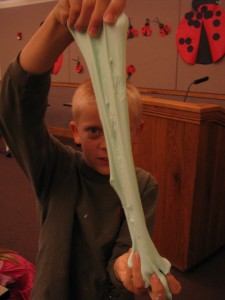
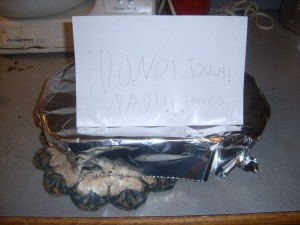

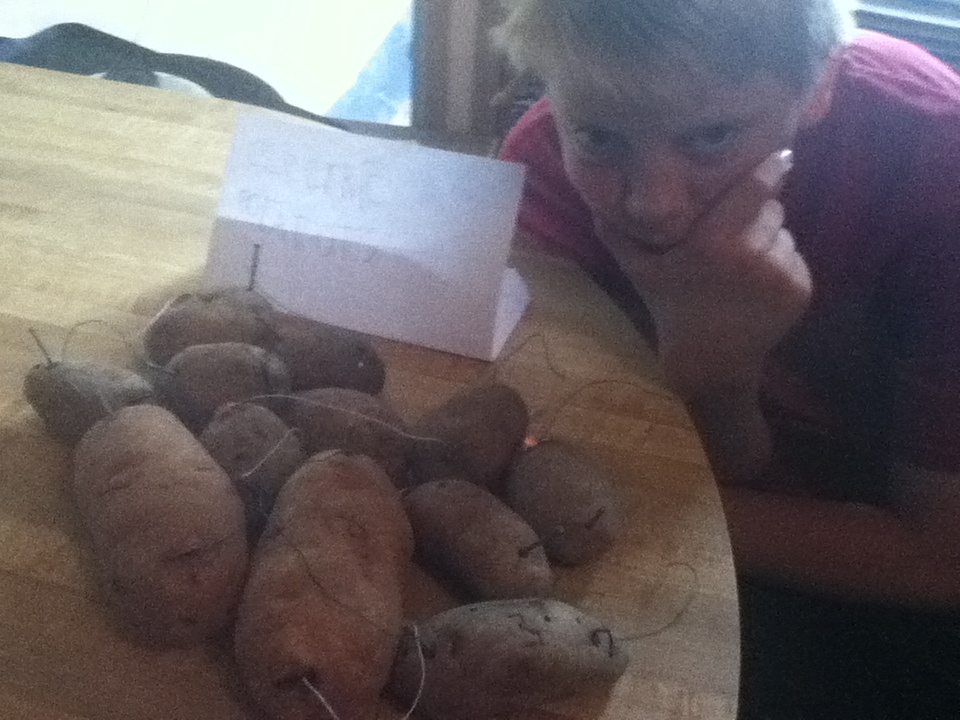

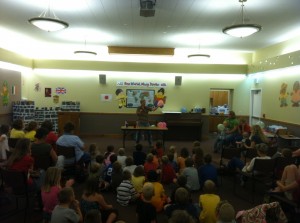
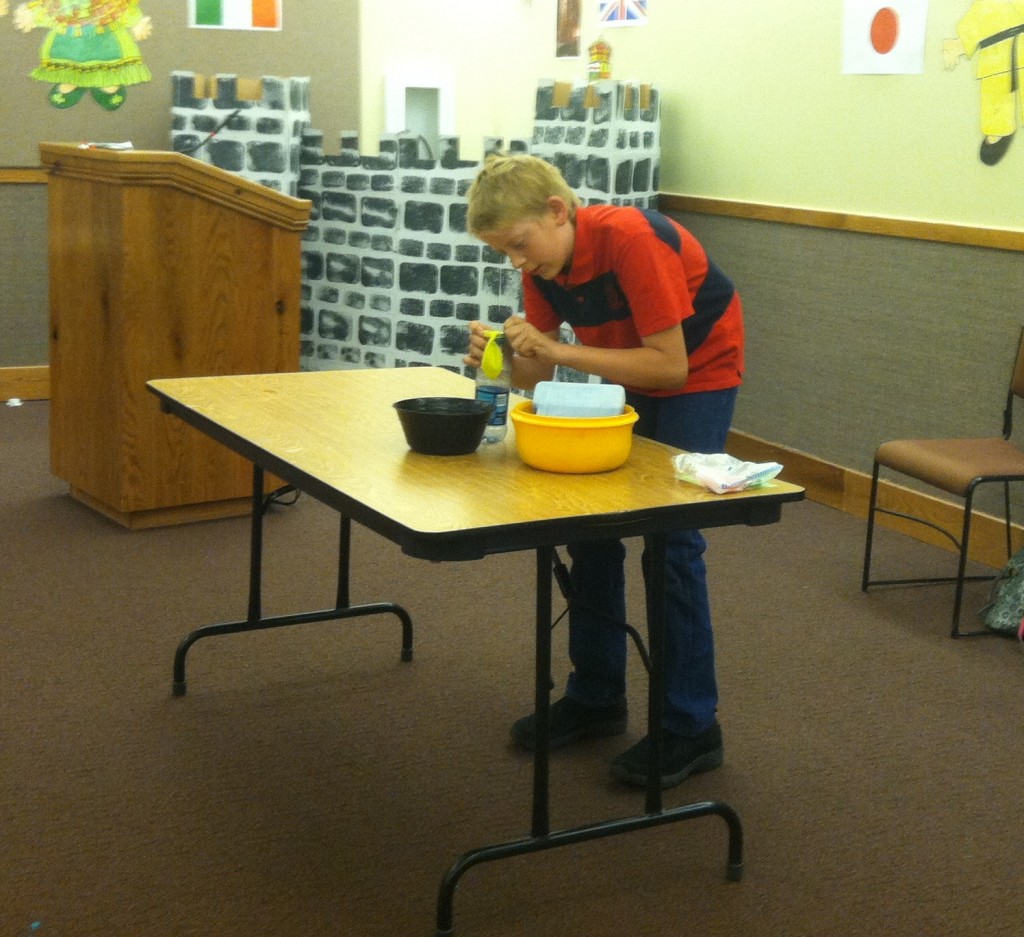



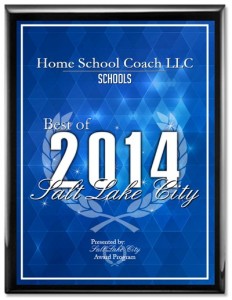
{ 2 comments… read them below or add one }
I love it Bonnita. We had to try the soap experiment after seeing that. I think I had more fun than the girls did however. I can’t wait to try more science experiments. You are an inspiration to me. Keep up the great work.
As a science teacher, I often find great ideas on http://www.experiland.com for my students. They have some really fun science experiments for kids to do at home as well and come highly recommended by other homeschooling sites! .Good luck!